FASCIA: The Body’s Hidden Intelligence Network
When most people think about movement, pain, or healing, they often focus on muscles, bones, or joints. But there’s a vital system running through your entire body that’s often overlooked — fascia. Fascia is far more than connective tissue. It’s a dynamic, sensory-rich web that plays a central role in how we move, feel, and heal.
Fascia is a collagen-based, three-dimensional matrix that wraps around every muscle, bone, nerve, and organ in your body. Picture it as a full-body spiderweb of support — it provides structure, transmits force, and allows different parts of your body to communicate with one another. Rather than being inert tissue, fascia is adaptive and alive with information. It responds to mechanical forces, environmental stress, hydration levels, and even emotional states.
Modern research shows just how powerful fascia really is. It’s densely innervated — in fact, fascia contains up to 6x more sensory nerve endings than muscle tissue.
These include:
Mechanoreceptors (sense pressure, vibration, movement)
Nociceptors (sense pain or threat)
Interoceptors (sense internal bodily states like hunger or discomfort)
Fascia plays a role in:
Proprioception (body awareness)
Fluid dynamics (blood and lymph flow)
Cell signaling and immune response
Why Fascial Health Matters Over the Lifespan
Fascial tissue constantly remodels. That means your daily habits such as how you move, hydrate, sleep, and manage stress, can all influence the quality of your fascia.
Without proper care, fascia can become densified or fibrotic, leading to:
Chronic or nagging pain
Decreased flexibility or mobility
Impaired blood flow and lymph drainage
Nervous system dysregulation
Even when MRIs or X-rays appear “normal,” fascial dysfunction may be the missing link. This is often missed and overlooked in traditional medicine because it cannot necessarily be measured or captured in the same way as a broken bone or degenerative joint.
How Fascia Responds to Injury
When tissue is damaged, fascia enters a protective mode releasing inflammatory mediators and increasing collagen production to stabilize the area. While this is an essential component of healing, it can lead to any of the following:
Densification: a thickening of fascial layers due to excess collagen or altered fluid dynamics.
Adhesions: the word you hear in PT all the time! These are cross-links that form between fascial planes, limiting glide and causing stiffness.
Loss of Elasticity: Fascia becomes more rigid, altering movement patterns and compensation strategies.
Neural Sensitization: Increased nociceptor (aka, pain receptor) activity in injured fascia can amplify pain perception.
This altered fascial environment can persist long after the original injury has healed. It can contribute to chronic pain, limited range of motion, and re-injury. So what does fascia have to do with SCAR TISSUE? I am so glad you asked :)
Scar tissue is a specific type of fascial remodeling. It is fundamentally different from healthy fascia. How many of you have heard me get on my soap box about mobilizing scar tissue?! Well, this is why…
Scar tissue is less elastic and more fibrotic. It is poorly innervated and less vascularized. It often forms in disorganized, chaotic patterns. While scarring is necessary to “seal off” wounds, untreated or overly stiff scars can disrupt the body’s fascial tensegrity system, transmitting dysfunctional tension patterns across the body. This is especially true with surgical scars (e.g., C-sections, abdominal surgeries, orthopedic repairs) that cross major fascial lines or meridians.
Even small scars can restrict motion, irritate nerves, or affect organ function if left unaddressed. And YES - this also includes tattoos!
Scar tissue treatment can help in a myriad of ways. First and foremost, it can help to “re-educate” the tissue and encourage more functional remodeling of the fascial system. It also helps to:
Improve fascial glide and hydration
Reduce local and referred pain
Restore optimal movement patterns
Reintegrate sensory and motor feedback
Improve organ mobility (in the case of visceral or abdominal scarring)
It is important to note that scar tissue doesn’t go away completely. With the right input, it can become much more supple, functional and less disruptive in your overall system.
How to Care for Your Fascial System
The good news is that fascia is highly responsive to intentional care. A little bit done well and consistently can go a long way. Your fascia reflects your internal state. Fascia isn’t just physical; it stores emotional experiences and stress patterns. It is a bridge between the body and mind. Taking care of this important tissue system is a long term investment in your health. Pain-free movement, stress resilience, and healthy aging are just some of the many benefits of this work.
Here are 5 effective ways to support your fascial health:
Move in diverse, multidirectional ways
Think yoga or pilates, primal movement, or functional strength work.Stay hydrated
Fascia needs water to glide and slide. Dehydration leads to stiffness.Use myofascial release tools
Foam rollers, cups, percussion devices, massage balls, and gua sha tools help to restore pliability and rehydrate tissue.Manage chronic stress
Emotional tension creates fascial tension. Breathwork and downregulation practices can help to restore normal resting tone of tissues.Prioritize restorative sleep
Your fascia regenerates in deep sleep.
My Favorite Tools for Fascial Work
Here are a few of my go-to tools and resources for supporting fascial health at home or in the clinic:
Coregeous Ball from Tune Up Fitness- breath work and visceral organs
Yoga Tune Up Balls- everywhere multitool
RAD Recovery Rounds - limbs and back
RAD Roller - everywhere multitool
RAD Rounds - for feet, hands, and face
Hyperice Hypervolt - percussion device for large muscle groups
Franklin Ball - great for sensitive areas
**Click here to get a discount on all RAD Products: https://radroller.refr.cc/evolveptnh
Want personalized fascia-based therapy or movement coaching?
Book an appointment or stop by the clinic. Let’s work together to restore flow, movement, and ease to your entire system.

